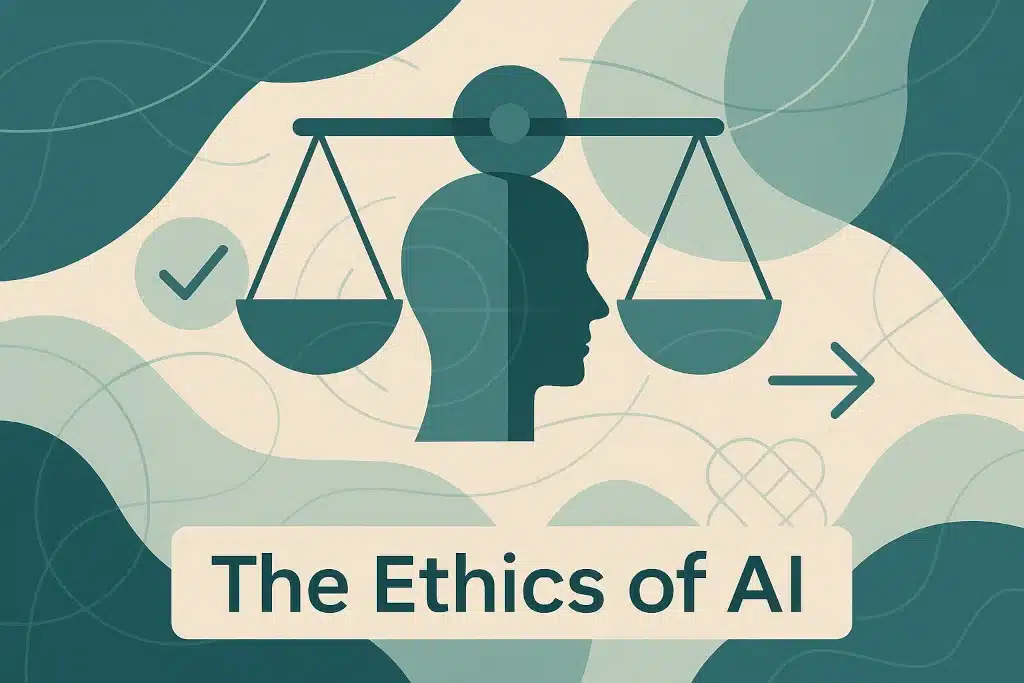10 AI Ethics Rules You Can’t Ignore (And How They’re Already Shaping Your Life)

Hey, it’s Chad. I’ve been deep in the AI trenches since 2018, and if there’s one thing I’ve learned, it’s this: AI isn’t just about cool tech or sci-fi robots. It’s about ethics, governance, and a whole new playbook for how we live and work. The “AI takeover” panic is fading, but the real conversation-the one about how we use AI responsibly-is just getting started.

Let’s break down the ten essential ethical principles for AI, why they matter, and how they’re already affecting you (even if you don’t realize it yet). Plus, I’ll sprinkle in some extra research to make sure you’re ahead of the curve.
1. First, Do No Harm
Think of this as the Hippocratic Oath for AI. Any AI system should be designed to avoid negative impacts on society, culture, the economy, the environment, and politics. This isn’t just about avoiding Terminator-style disasters-it’s about respecting human rights and freedoms at every stage of the AI lifecycle. Regular monitoring is key to make sure no long-term damage sneaks in.
2. Avoid AI for AI’s Sake
Just because you can automate something doesn’t mean you should. There’s a temptation to slap AI onto everything (looking at you, “smart” toasters), but ethical AI deployment means using tech where it’s justified, appropriate, and never at the expense of human dignity. If AI doesn’t add real value, skip it1.
3. Safety and Security
AI systems must be as safe and secure as any other critical business process. That means identifying and mitigating risks throughout the AI system’s life-no shortcuts. Think of it as applying the same health and safety rules you’d use for heavy machinery, but for algorithms.
4. Equality
AI should level the playing field, not tilt it. That means fighting bias, discrimination, deception, and stigma. The benefits, risks, and costs of AI should be shared fairly. If your AI system is making decisions that affect people, you need to make sure it’s not reinforcing old prejudices or creating new ones.
5. Sustainability
AI isn’t just about today; it’s about tomorrow, too. Ethical AI should promote environmental, economic, and social sustainability. That means constantly assessing and addressing negative impacts-including those that might hit future generations. For example, training large AI models uses a ton of energy, so companies are now exploring greener algorithms and data centers.
6. Data Privacy, Protection, and Governance
Your data is your business. AI systems must have strong data protection and governance frameworks to ensure privacy and legal compliance. No AI system should invade your privacy or misuse your personal info. This is especially critical with regulations like GDPR and CCPA setting the bar for data integrity and protection.
7. Human Oversight
Humans must always have the final say. AI should be designed with human-centric practices, allowing people to step in, make decisions, and override the machine when necessary. The UN even says that life-or-death decisions should never be left to AI alone. Human oversight is the safety net that keeps AI in check.
8. Transparency and Explainability
If you don’t understand how your AI works, you shouldn’t trust it. Users need clear explanations about how AI systems make decisions-especially when those decisions affect rights, freedoms, or benefits. Transparency isn’t just about open-source code; it’s about making sure explanations are actually understandable to regular people, not just PhDs.
9. Responsibility and Accountability
Someone has to own it. This principle covers audit trails, due diligence, and whistleblower protections. If an AI system causes harm, there must be a clear process for investigation and accountability. Humans-not machines-are ultimately responsible for AI-based decisions, and there needs to be governance in place to back that up.
10. Inclusivity and Participation
AI isn’t just for coders in hoodies. Building, deploying, and using AI should be inclusive, interdisciplinary, and participatory. That means bringing in diverse voices, consulting stakeholders, and making sure everyone-regardless of gender, background, or expertise-has a seat at the table. The best AI is built with people, not just for them.
How These Principles Are Already Shaping Your World
You might think this is all boardroom talk, but these ethics are already influencing:
- Hiring Algorithms: Companies are being forced to audit their AI hiring tools for bias after high-profile failures (like Amazon’s infamous resume screener that penalized women).
- Healthcare AI: Systems that recommend treatments must be transparent and allow doctors to override decisions, especially for critical cases.
- Social Media Feeds: Platforms are under pressure to explain how algorithms curate your feed and to give you more control over what you see.
- Smart Cities: From facial recognition bans to data privacy rules, cities are rethinking how they deploy AI in public spaces.
The Rise of New AI Roles
With all this ethical complexity, new jobs are popping up:
- AI Ethics Specialist: Ensures AI systems meet ethical standards, using specialized tools and frameworks to address concerns and avoid legal or reputational risks.
- Agentic AI Workflow Designer: Makes sure AI integrates smoothly across business ecosystems, prioritizing transparency and adaptability.
- AI Overseer: Monitors the entire stack of AI agents and decision-makers, ensuring compliance and ethical operation.
Why Should You Care?
Because AI isn’t going away. Whether you’re a business leader, developer, or just someone who uses a smartphone, these ethical principles will shape the products you use, the jobs you get, and the rights you have in the digital world. The UN’s ten principles aren’t just guidelines-they’re the new rules of the road.
If you’re thinking about bringing AI into your organization, start with these pillars. Build your strategy on them, and you’ll be way ahead of the curve-and way less likely to end up in hot water.




